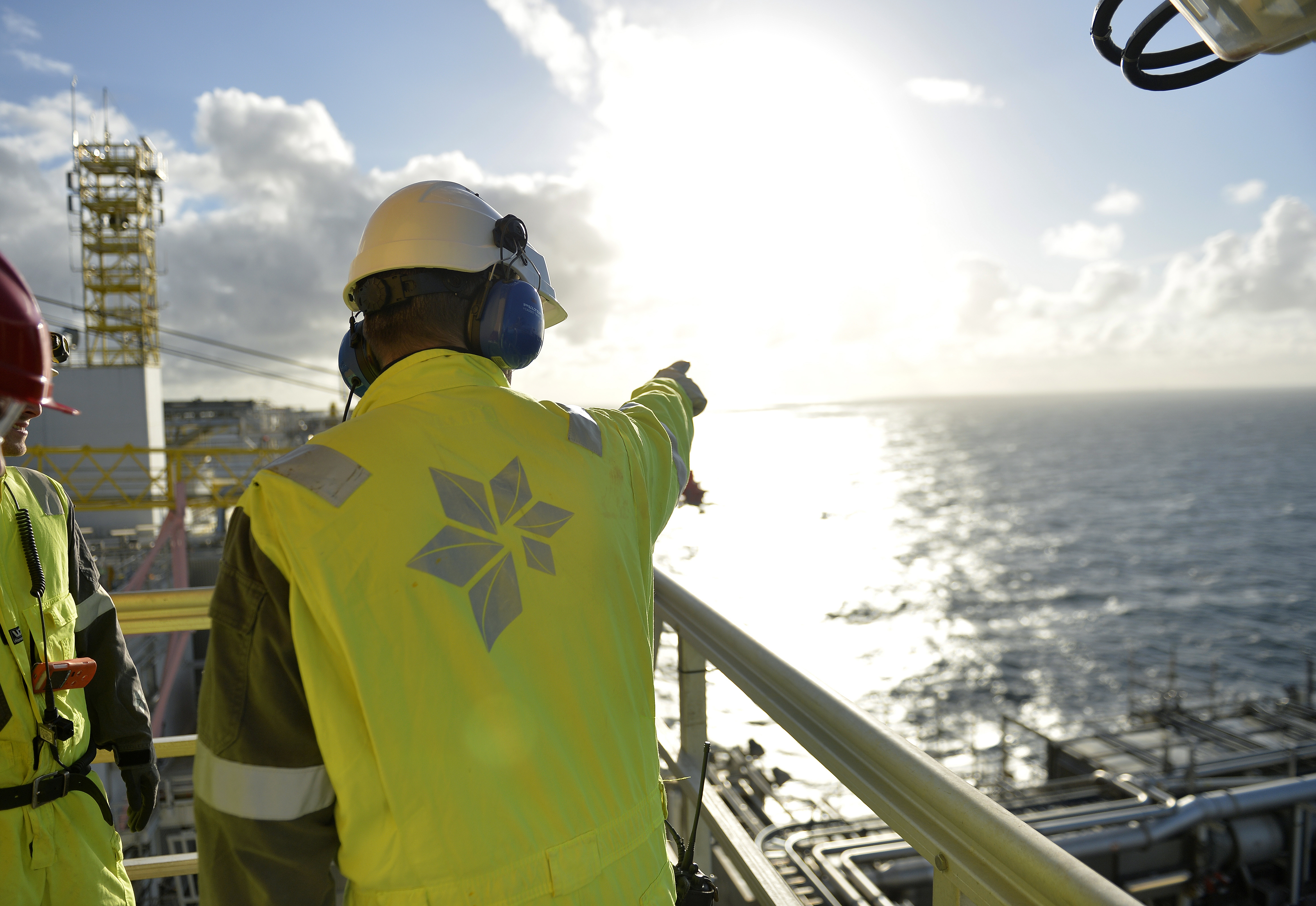Norway’s Statoil eyes an Arctic ‘elephant’ near Russian border

Norway’s Statoil is exploring an offshore oil prospect near the Russian border that could prove to be a major find. Experts believe the Korpfjell license (PL859) could hold up to 10 billion barrels of oil. That would make it an ‘elephant,’ a field with huge resources.
“We have known about this structure for a while, but only roughly without details,” Statoil’s Executive Vice President Tim Dodson told newspaper Dagens Næringsliv. “It is only now, when we have conducted seismic mapping, that we can estimate the reservoir and get indications about hydrocarbons,” he adds.
“We are very happy that we can start testing such a major structure,” he underlines to the newspaper.
The PL859 is the northernmost license ever awarded on the Norwegian shelf. It was obtained by Statoil and partners in 2016 as part of the 23rd License Round. The other license stakeholders are Chevron (20 percent), ConocoPhillips (15 percent), Lundin (15 percent) and SDØE (20 percent).
Cooperation with Russia
The Korpfjell is not only located far north, but also far east — only few kilometers from Norway’s maritime border to Russia.
For Statoil, the license is of major interest also because of its vicinity to the Perseevsky license area on the Russian side of the border. The Perseevsky license is the key part of the comprehensive cooperation agreement, which Statoil signed with Rosneft in 2012.
If a major discovery is made at Korpfjell, it would not be unlikely that the reservoirs stretch over to the Russian side, into the Perseevsky area. In that case, Statoil could potentially link the development of Korpfjell with its Perseevsky joint venture with Rosneft.
The Perseevsky area
The Perseevsky licence covers 23,000 square kilometers (about 8,900 square miles) in water depths of 150-250 meters (about 500 to 820 feet). According to the cooperation agreement, the joint venture is to conduct a total of 5,500 line km of 2D by year 2016 and 1,000 square km of 3D by 2018. A first exploration well is to be drilled by 2020.
According to Rosneft, the Perseyevsky is highly prospective.
“If these resources are confirmed in the Perseyevsky field, investment in development and exploitation could reach $35-40 billion,” Rosneft boss Eduard Khudainatov told Russian media in 2012.
Both the Korpfjell and Perseevsky areas were opened to exploration after Norway and Russia signed the delimitation agreement for the area in 2010. Both countries have since conducted comprehensive seismic mapping in the area.
‘A decisive year’
In addition to the Korpfjell license, Statoil pins major hopes to two other structures. Major discoveries could be made also in the Gemini Nord and the Koigen Central, Tim Dodson says to DN.no. The former is located in the prospective Wisting area.
Dodson underlines that the three so-called high-impact wells all have different geological structures. For Statoil, the wells could set the standards for further operations in the area.
“For the Barents Sea, this is a very decisive year,” he says.